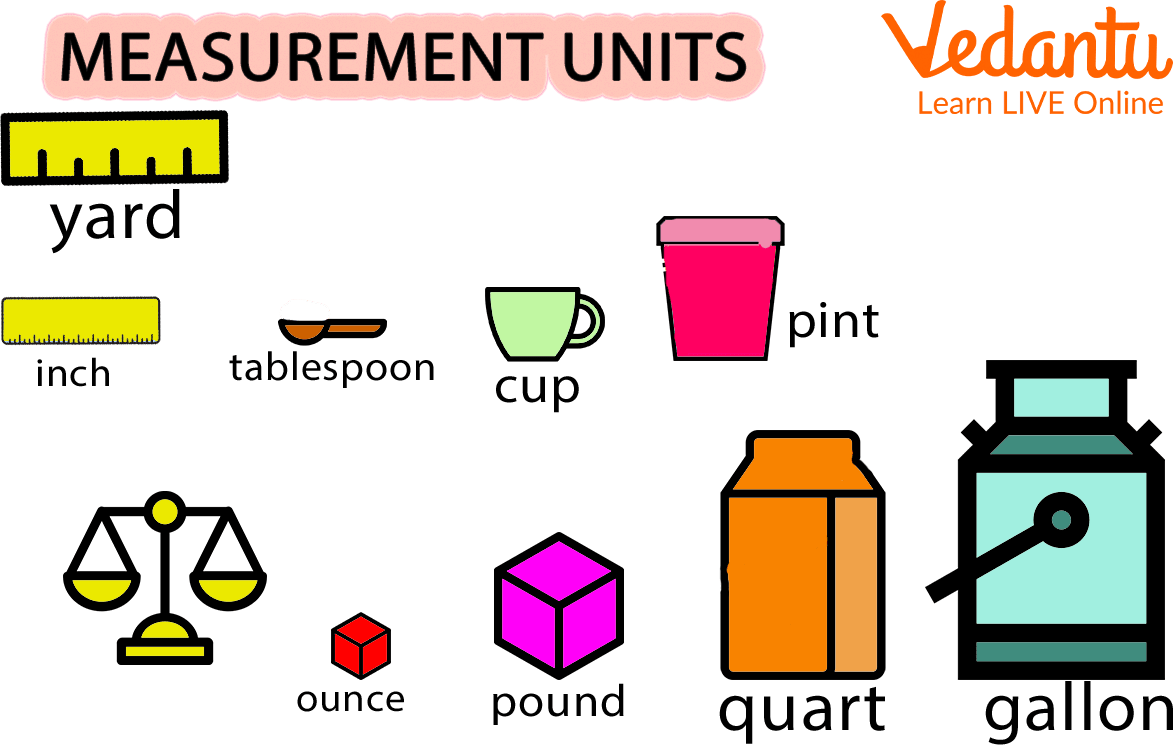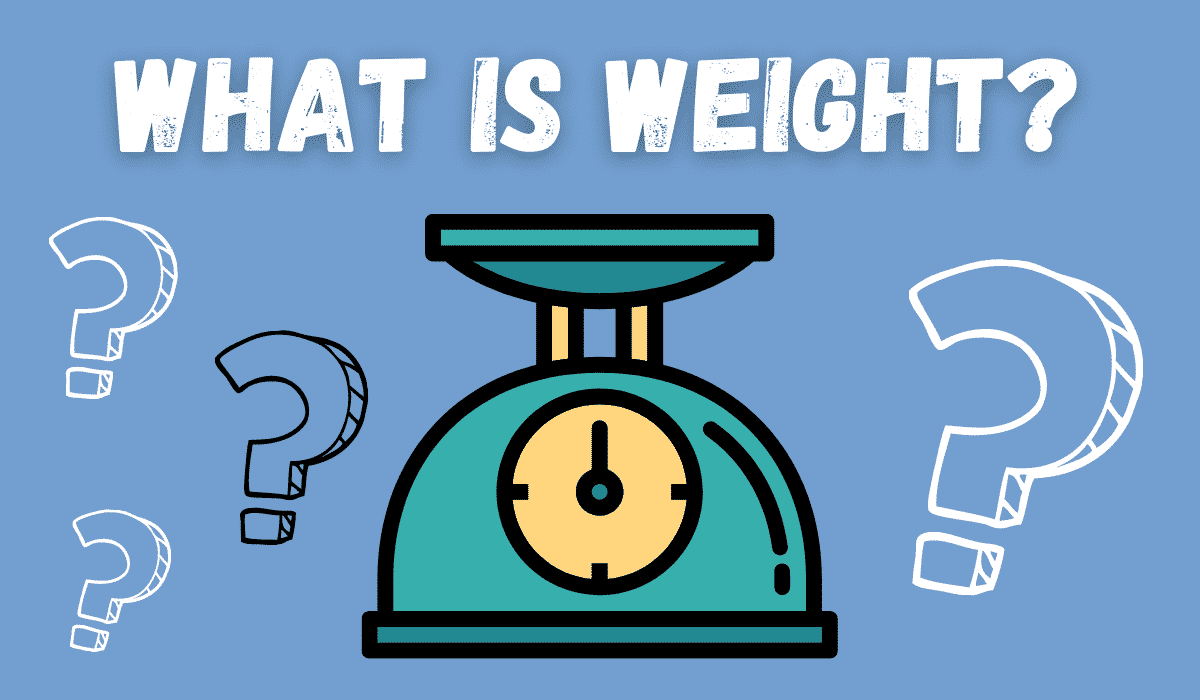Unveiling The Truth: The Power Of Weight Loss Before And After Photos
The journey to a healthier self is often marked by significant milestones, and among the most compelling are weight loss before and after photos. These visual narratives transcend mere numbers on a scale, offering a profound glimpse into the dedication, struggle, and ultimate triumph of individuals committed to transforming their lives. They serve as powerful motivators, tangible proof of progress, and a testament to the human spirit's resilience.
For many, seeing is believing. In a world saturated with quick fixes and fleeting trends, genuine weight loss before and after photos cut through the noise, providing a raw, unfiltered look at what's truly possible. They are not just about shedding pounds; they are about reclaiming health, boosting confidence, and embracing a lifestyle change that profoundly impacts every facet of one's existence. This article delves into the multifaceted impact of these inspiring images, exploring their significance, the science behind successful transformations, and how to navigate the journey responsibly.
Table of Contents
- The Power of Visual Proof: Why Weight Loss Before and After Photos Matter
- Beyond the Scale: The True Impact of Transformation
- Crafting Your Own Success Story: What These Photos Reveal
- The Science Behind the Shift: How Transformations Happen
- Navigating the Digital Landscape: Authenticity and Privacy
- Common Pitfalls and How to Overcome Them
- Maintaining Your New Self: The Long Game of Health
- Your Journey Starts Now: Taking That First Step
The Power of Visual Proof: Why Weight Loss Before and After Photos Matter
Weight loss before and after photos are more than just a gallery of transformations; they are a profound source of inspiration and accountability. For someone standing at the beginning of their own health journey, perhaps feeling "150ish feeling a bit down and still seeing my old self in the mirror," these images offer a beacon of hope. They demonstrate that significant change is attainable, even when the path ahead seems daunting. Seeing someone transition from a size 14 to a size 2, or losing 100 pounds or more, provides tangible evidence that consistent effort yields remarkable results. These photos act as powerful motivational tools, not only for those embarking on a weight loss journey but also for individuals who might be feeling stuck or need a "reminder of how far I've come." They encapsulate the entire narrative of change – the initial struggle, the gradual progress, and the ultimate achievement. This visual storytelling resonates deeply, far more than numbers on a chart ever could. When people view inspiring images, such as those showcased on platforms like Womansday.com, they often find the impetus to take their first crucial steps, whether it's committing to walking three times a day for 10 minutes or overhauling their entire diet. The emotional connection forged through these visual stories makes the goal feel more real and achievable.Beyond the Scale: The True Impact of Transformation
While the primary focus of weight loss before and after photos is often the physical change, their true impact extends far beyond mere aesthetics. A significant body transformation, like going from 175 to 120 lbs, brings with it a cascade of health benefits that dramatically improve quality of life. Individuals who've undergone massive weight loss often report a reversal or significant improvement in chronic conditions such as gout, leg ulcers, and blood clots, as noted in various patient testimonials, including those who trusted plastic surgeons for post-weight loss body contouring. This shift from illness to wellness is a profound testament to the power of lifestyle changes. Moreover, the transformation isn't just skin deep. It's about gaining perspective on one's health and well-being. The ability to move freely, participate in activities previously deemed impossible, and simply feel more energetic profoundly impacts daily life. This renewed vitality often translates into improved mental clarity, better sleep, and a general sense of empowerment. The journey itself builds resilience and self-discipline, skills that extend far beyond the realm of weight management into all areas of life.Celebrating Non-Scale Victories
One of the most important aspects highlighted by genuine weight loss before and after photos is the emphasis on "non-scale victories." While the numbers on the scale are a metric, they don't tell the whole story. A person might feel their "before/after doesn’t look like a dramatic difference," even after losing significant weight, because their perception is "slow" or they still "see my old self in the mirror." However, the photos often reveal changes that the scale cannot:- Improved posture and body composition.
- Reduced inflammation and a clearer complexion.
- The ability to fit into smaller clothing sizes (e.g., size 14 to size 2).
- Increased energy levels and stamina for daily tasks.
- Better sleep quality and reduced aches or pains.
- A more vibrant and confident demeanor in photographs.
The Mental and Emotional Journey
The psychological aspect of a body transformation is as significant as the physical one. The process of losing weight, especially when documented through weight loss before and after photos, is a deeply personal and emotional journey. It involves confronting old habits, overcoming self-doubt, and building new, healthier coping mechanisms. Many individuals experience a shift in self-perception, moving from feeling "down" to experiencing newfound confidence and self-esteem. However, it's also important to acknowledge the challenges. The "hardest part of the body transformation journey is the beginning," and sustaining motivation requires immense mental fortitude. Even after significant loss, some may still "see my old self in the mirror," a phenomenon known as phantom fat, underscoring the deep psychological work involved. This journey is not just about changing the body; it's about rewiring the mind, fostering a positive self-image, and developing a resilient mindset to navigate future challenges. The emotional landscape of weight loss is complex, encompassing pride, frustration, determination, and ultimately, a profound sense of accomplishment.Crafting Your Own Success Story: What These Photos Reveal
Successful weight loss before and after photos aren't just about the end result; they're about the process. They often highlight consistent effort over time, whether it's Justine McCabe taking 365 days of selfies to document her 124-pound loss, or a country singer dancing her way to serious weight loss over years. These stories underscore that there's no magic bullet; rather, it's a combination of diet and workouts, coupled with unwavering commitment. What these transformations often reveal is a fundamental shift in lifestyle. It's not just about temporary deprivation but about adopting sustainable habits. This includes:- **Consistent Exercise:** From walking three times a day for 10 minutes to more rigorous dance routines or gym workouts.
- **Mindful Eating:** Understanding nutrition, making healthier food choices, and sometimes even "eating more than you were before" but of the right foods, as opposed to restrictive dieting.
- **Addressing Underlying Health Issues:** For some, like those who pursued weight loss for an autoimmune disease, it's about health-driven decisions rather than purely aesthetic ones.
- **Patience and Persistence:** Recognizing that progress can be "slow" and that true transformation takes time, often years.
The Science Behind the Shift: How Transformations Happen
The dramatic changes seen in weight loss before and after photos are rooted in fundamental scientific principles. At its core, sustainable weight loss is about creating a caloric deficit – consuming fewer calories than the body burns. This deficit forces the body to tap into its stored fat reserves for energy, leading to a reduction in body fat. However, the "how" is more nuanced than simply "eating less." Effective transformations, like those documented in "real body fat pictures from the BellyProof Challenge," typically involve a combination of: 1. **Dietary Adjustments:** This doesn't necessarily mean extreme restriction. It often involves focusing on whole, unprocessed foods, adequate protein intake to preserve muscle mass, and healthy fats. Some approaches, like those inspired by "Steven Gundry’s book, The Plant Paradox," focus on specific food groups or dietary philosophies. The key is finding a sustainable eating pattern that provides necessary nutrients while managing calorie intake. 2. **Regular Physical Activity:** Exercise plays a crucial role not just in burning calories but also in improving metabolism, building muscle (which burns more calories at rest), and enhancing overall cardiovascular health. Activities can range from daily walks to structured workout routines. 3. **Metabolic Health:** Beyond calories, hormonal balance and metabolic function are critical. Weight loss can significantly improve insulin sensitivity, reduce inflammation, and positively impact various metabolic markers, leading to improved overall health and making further weight loss more achievable. 4. **Consistency:** The most profound transformations are the result of consistent effort over time. As one individual noted, their perception was "slow," yet their dedication over a decade led to a significant change from 175 to 120 lbs. This highlights that gradual, consistent changes are often more sustainable and lead to lasting results than rapid, drastic measures.Navigating the Digital Landscape: Authenticity and Privacy
In the age of social media, weight loss before and after photos are ubiquitous, often tagged with hashtags like "how I lost weight" or "black women losing weight." While this widespread sharing fosters community and inspiration, it also raises important questions about authenticity and privacy. It's crucial for viewers to approach these images with a critical eye and for individuals sharing their own journeys to consider their right to privacy. The internet contains "thousands of inspiring images," but not all are genuine. Some may be altered, taken under different lighting conditions, or represent unhealthy practices. For those sharing their own "weight loss before and after photos," understanding "your right to privacy" is paramount. Once shared, images can spread rapidly, and individuals must be comfortable with the potential public exposure that comes with such powerful visual content.Spotting Genuine Transformations
To ensure you're drawing inspiration from credible sources, look for certain indicators of authenticity in weight loss before and after photos:- **Consistent Lighting and Posing:** While minor variations are natural, drastic changes in lighting, angles, or flexing can exaggerate results.
- **Realistic Timelines:** Significant transformations, especially those involving "100 pounds or more," typically take months or even years. Be wary of claims of extreme loss in impossibly short periods.
- **Accompanying Narratives:** Genuine stories often include details about the process – the diet, the workouts, the struggles, and the non-scale victories.
- **Progressive Changes:** Sometimes, a series of photos showing gradual progress over time (like Justine McCabe's 365 days of selfies) is more convincing than just two extreme shots.
Protecting Your Own Journey
If you decide to share your own weight loss before and after photos, consider these points to protect your privacy and well-being:- **Control Your Audience:** Decide whether you want to share publicly (e.g., Instagram) or with a private group of friends and family.
- **Blur Identifying Features:** If you're uncomfortable with full exposure, consider blurring your face or any distinctive tattoos.
- **Be Mindful of Backgrounds:** Ensure your photos don't reveal sensitive personal information about your home or location.
- **Understand the Implications:** Once posted online, content can be difficult to remove entirely. Be sure you're comfortable with the potential reach of your images.
Common Pitfalls and How to Overcome Them
The path to a successful body transformation, as evidenced by compelling weight loss before and after photos, is rarely linear. Many encounter common pitfalls that can derail progress. Understanding these challenges is the first step to overcoming them.- **Unrealistic Expectations:** Expecting rapid, effortless results can lead to disappointment. As the data suggests, losing weight "isn't all that easy," and the perception of "slow" progress is common. Focus on sustainable, gradual change rather than quick fixes.
- **Comparison Trap:** Constantly comparing your journey to others' "dramatic difference" can be demotivating. Remember that every body is unique, and progress varies. Celebrate your own achievements, no matter how small they seem.
- **Plateaus:** Weight loss often hits plateaus where progress stalls. This is a normal physiological response. Instead of giving up, reassess your diet and exercise, consider minor adjustments, and remember your non-scale victories.
- **Reverting to Old Habits:** After achieving a goal, it's easy to slip back into old eating patterns ("eating more than you were before" of unhealthy foods). This highlights the importance of sustainable lifestyle changes rather than temporary diets.
- **Lack of Support:** Trying to go it alone can be tough. A community for supporting expansion and fat-themed game development might be a niche example, but in the real world, finding a supportive community, a coach, or even just friends and family who understand your goals can make a huge difference.
Maintaining Your New Self: The Long Game of Health
The most inspiring weight loss before and after photos are those that represent not just a temporary change but a lasting transformation. Achieving a goal weight, whether it's between 180 and 190 lbs for someone 5'10" or reaching a size 2, is a significant accomplishment. However, the true test lies in maintaining that progress over the long term. This is where the principles of E-E-A-T (Expertise, Authoritativeness, Trustworthiness) become paramount in health information. Maintenance is an ongoing commitment, not a destination. It involves: 1. **Sustainable Habits:** Continuing the healthy eating and exercise patterns that led to the weight loss in the first place. This means viewing diet and exercise as a permanent lifestyle, not a temporary fix. 2. **Mindful Eating:** Staying aware of hunger cues, portion sizes, and the nutritional content of food, even after reaching a goal. 3. **Regular Physical Activity:** Incorporating movement into daily life consistently, whether it's walking, dancing, or more intense workouts. 4. **Addressing Emotional Eating:** Developing healthy coping mechanisms for stress, boredom, or emotional triggers that might lead to overeating. 5. **Regular Check-ins:** Monitoring weight, body measurements, and overall health markers to catch any potential slips early. 6. **Seeking Support:** Staying connected with a supportive community or health professionals who can provide guidance and encouragement. The long game of health is about consistent self-care and adapting to life's changes while prioritizing well-being.Your Journey Starts Now: Taking That First Step
As summer is right around the corner, many people may be looking to shed a few pounds, and the allure of dramatic weight loss before and after photos is stronger than ever. While "losing weight isn't all that easy," the first step is always the hardest. Whether your goal is to lose "100 pounds or more" or simply to improve your overall health, the journey begins with a single decision and consistent action. Draw inspiration from the thousands of individuals who have transformed their lives. Remember the power of walking, the importance of a balanced meal plan, and the profound impact of consistency. If you're "feeling a bit down and still seeing my old self in the mirror," take heart that countless others have felt the same and emerged stronger. Your own "face fat loss before and after" or full body transformation story is waiting to be written. Start today by making one small, sustainable change. Document your progress, celebrate every non-scale victory, and remember that every step, no matter how small, moves you closer to a healthier, happier you. What's your biggest takeaway from seeing weight loss before and after photos? Share your thoughts and experiences in the comments below, or tell us what motivates you on your own health journey! If you found this article inspiring, consider sharing it with a friend who might need a boost, and explore other health and wellness articles on our site for more insights and guidance.- Tv Shows Of The 50s
- Matthew Perry Wife
- Carroll O Connor Young
- Fred Gwynne As Herman Munster
- Alan Hale Jr

Weight Measurement Units - Learn Definition, Facts and Examples

Weight

What is Weight? (All the Basic Definitions & Units Explained)